Growing cannabis at home has never been easier thanks to Autoflower Marijuana Seeds, which blend the robust genetics of Indica or Sativa with the speedy flowering of Ruderalis.
Ideal for novice growers, these seeds automatically switch from vegetative growth to the flowering stage without the need to alter light cycles. In this guide, we’ll cover everything you need to know—from what autoflowers are, to step-by-step cultivation tips, and harvesting strategies—to ensure a successful first harvest.
Autoflower Marijuana Seeds are a unique category of cannabis genetics created by crossing traditional photoperiod Indica or Sativa varieties with the hardy Ruderalis subspecies. While most cannabis plants rely on changing light cycles (typically switching to 12 hours of darkness) to trigger flowering, ruderalis evolved in regions with extremely short summers—Northern Europe, Russia, China, and Mongolia—developing an automatic, age-based bloom cycle instead.
Thanks to this genetic trait, autoflowering strains will begin their transition from vegetative growth to bloom after a set period, usually 3–4 weeks from germination. This natural “timer” removes the need for growers to manipulate light schedules, making Autoflower Marijuana Seeds an exceptional choice for beginners or anyone seeking a low-stress cultivation experience.
Key characteristics of Autoflower Marijuana Seeds include:
By combining the high-THC potency of Indica or Sativa parents with Ruderalis’ automatic bloom timing, creators of Autoflower Marijuana Seeds have given growers the best of both worlds: robust, resinous buds delivered on a reliable, clockwork schedule. In the following sections, we’ll explore how to harness these traits—covering germination, nutrient management, and environmental controls—to help you maximize your first autoflower crop.
One of the most compelling advantages of Autoflower Marijuana Seeds is their rapid life cycle. From seed to harvest, many autoflower varieties complete within 10–11 weeks. This accelerated schedule allows growers to achieve multiple harvests in a single season—ideal for those eager to see results quickly. Moreover, the automatic bloom feature removes the need to switch to a 12/12 light cycle, simplifying operations and reducing the risk of light-stress mistakes. Beginners can focus on watering and feeding rather than intricate light management.
Autoflower Marijuana Seeds produce plants that typically stay under one meter tall, making them perfect for limited spaces. Whether you’re working with a small indoor grow tent, a balcony, or even a closet, compact autoflowers fit comfortably without sacrificing bud production. Their size also makes them easier to train with low-stress training (LST), allowing you to create an even canopy and maximize light exposure.
For growers who need to maintain privacy, the diminutive stature of autoflower plants is a significant benefit. Smaller plants are easier to conceal both indoors and outdoors, reducing the likelihood of unwanted attention. Additionally, the shorter grow cycle means plants spend less time in view, further minimizing the window of detection.
Thanks to their Ruderalis heritage, autoflowers exhibit enhanced tolerance to cooler temperatures, fluctuating weather, and minor neglect. This resilience makes them forgiving for beginners who may not yet have mastered strict environmental controls. Even if you miss a feeding or accidentally overwater, robust autoflowers often bounce back quickly compared to more delicate photoperiod strains.
Germination is the critical first step to a successful autoflower grow. With proper technique, you’ll achieve high germination rates and give your seedlings the best start. Below is a reliable method that even complete beginners can follow with confidence.
After planting, keep the medium evenly moist and maintain 18–20 hours of gentle light (CFL or LED) at a distance of 20–30 cm. Your seedlings should emerge within 3–7 days, ready to enter the vegetative stage.
Selecting an optimal growing medium and nutrient regimen is crucial for maximizing yields and resin production with Autoflower Marijuana Seeds. Autoflowers have a compressed life cycle, so your medium must balance moisture retention, drainage, and nutrient availability from the very start.
A high-quality, pre-fertilized organic soil is often the easiest choice for beginners:
Coconut coir is a versatile soilless option that provides excellent root oxygenation:
For the most seasoned beginners ready to experiment, hydroponic or aeroponic setups can push growth speed and yields:
Due to their fast timeline, autoflowers require a gentle but well-timed feeding regimen:
Always start nutrient adjustments conservatively—autoflowers have limited time to recover from stress. Monitor runoff pH (ideal 6.0–6.8 in soil, 5.5–6.5 in coco) and electrical conductivity to ensure roots stay in an optimal feeding zone.
Although Autoflower Marijuana Seeds don’t require a strict 12/12 light cycle to bloom, providing consistent lighting and optimal environmental parameters will maximize vigor and yield.
Recommended Light Cycle:
Whichever cycle you choose, maintain the same daily schedule throughout the entire grow to avoid shock.
Vegetative Stage:
Keep daytime temps between 20–26 °C and nighttime no lower than 18 °C.
Flowering Stage:
Aim for 20–25 °C during lights-on and 17–20 °C during lights-off to encourage resin production and terpene development.
Circulating fresh air strengthens stems, disperses heat, and keeps pests at bay. Position a small oscillating fan at canopy level, and exhaust stale air with an inline fan and carbon filter if growing indoors.
While autoflowers are generally more sensitive to stress than photoperiod varieties, gentle training can significantly boost your yields and promote an even canopy. Here are two beginner-friendly methods:
A basic SCROG uses a horizontal net or screen to weave branches, maximizing light penetration and air circulation.
Nota: Avoid heavy topping or defoliation on autoflowers, as recovery time is limited. Stick to light bending and minimal pruning to prevent undue stress.
Knowing exactly when to harvest your Autoflower Marijuana Seeds plants makes the difference between a mediocre yield and top-shelf-quality buds. The key indicator is the appearance of trichomes (the resin glands), which change color as cannabinoids mature.
Use a 30×–60× magnifying loupe or microscope to examine the trichomes on the buds:
Most growers harvest when approximately 70–80% of trichomes are milky and 20–30% amber, striking a balance between potency and flavor.
Decide whether to trim immediately after cutting (wet trimming) or after the initial dry (dry trimming):
Curing transforms dried buds into smooth, flavorful cannabis:
A well-cured autoflower harvest rewards you with richer aromas, sharper flavors, and a more balanced high.
Embarking on your first autoflower grow can be exciting and a bit overwhelming. Follow these tips to build confidence and avoid common pitfalls:
Autoflower Marijuana Seeds represent a versatile and forgiving option for novice home growers. Their rapid life cycle, compact stature, and automatic flowering simplify the cultivation process, allowing even beginners to achieve multiple bountiful harvests each season. By mastering germination, selecting the right medium, following a tailored nutrient schedule, and maintaining optimal environmental conditions, you’ll be well on your way to producing dense, resinous buds with robust aromas and potent effects.
Remember to start small, maintain proper pH, and document every step of your grow. With patience and careful observation, autoflowers can quickly become your go-to choice for stress-free cannabis cultivation. Embrace the journey—your first successful harvest is just weeks away!
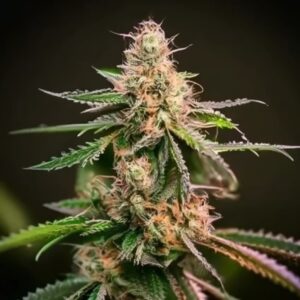


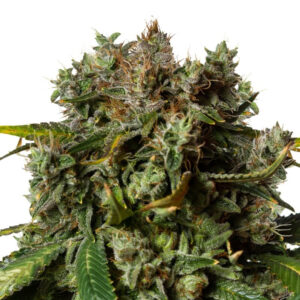

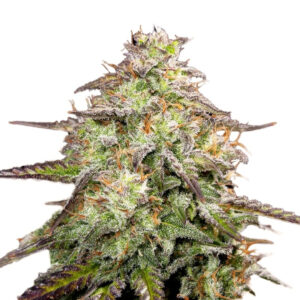
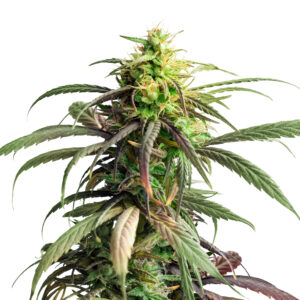






Related Posts
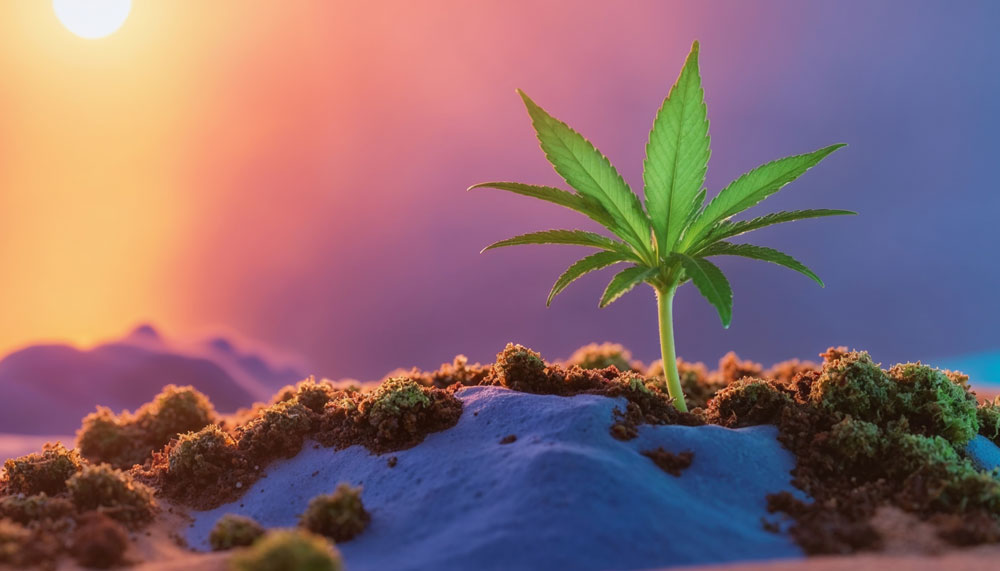
Any cannabis grower knows that the process doesn’t end after harvest. To enjoy smoother smoke, better flavor, and optimal effects, proper curing is essential. But how long does it take to cure weed? This is one of the most common questions among those looking to enhance the quality of their cannabis.
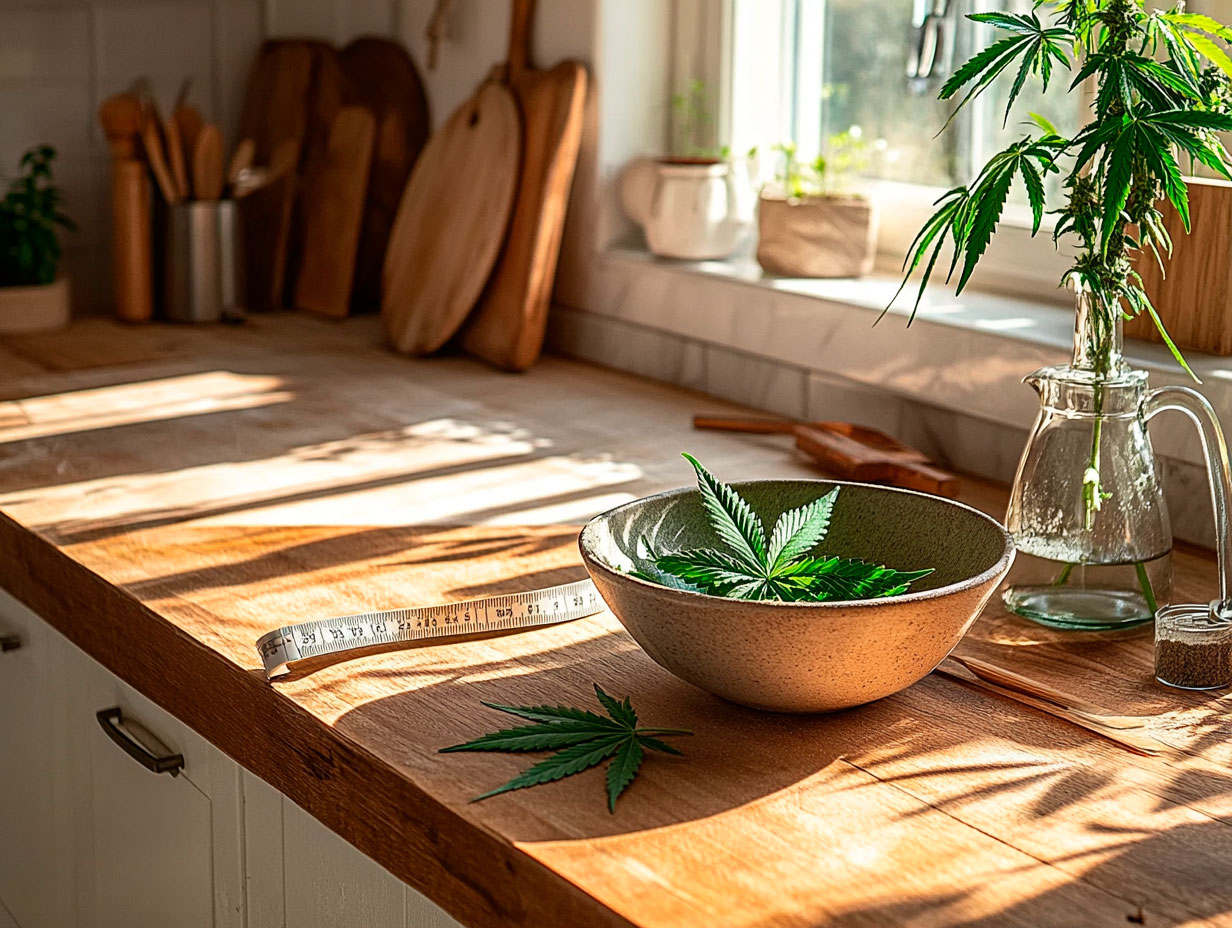
Explore the complex relationship between weed and weight loss, examining how cannabis affects appetite, metabolism, and BMI. Learn science-backed insights and actionable tips to enjoy cannabis responsibly while managing your caloric intake and supporting healthy weight.
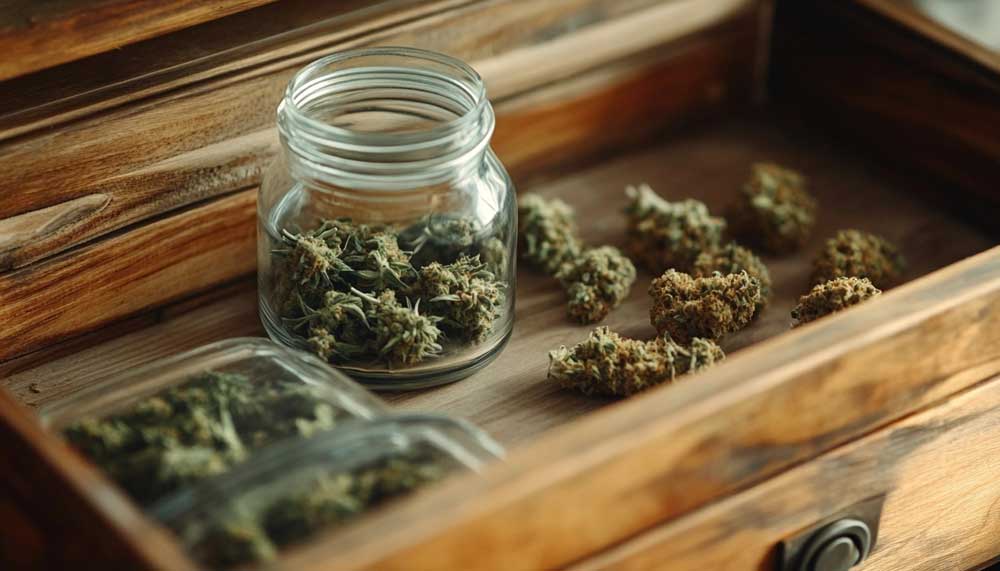
Does weed expire? Not exactly—but it does degrade. Over time, cannabis loses potency, flavor, and freshness. Mold, harsh smoke, and a weak high are all signs your stash might be past its prime. Here’s how to tell if your weed is still good, how long it lasts, and the best ways to store it for maximum shelf life.